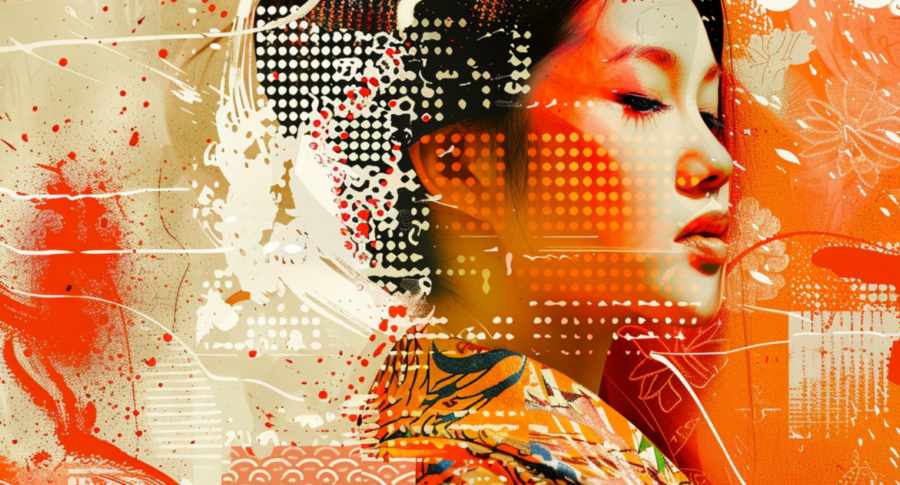If your sweater has ever come out of the wash with one sleeve shorter than the other, congratulations, you’ve accidentally embraced Wabi-Sabi. This ancient Japanese philosophy finds beauty in the flawed and transient nature of the world around us. In fashion, where perfection is peddled more often than not, Wabi-Sabi offers a refreshing twist on what it means to be stylish.
Wabi-Sabi 101
Wabi-Sabi is a view rooted in the acceptance of transience and imperfection. Applied to fashion, this means celebrating garments that might be slightly uneven, feature raw edges, or embrace a patchwork design. It’s about appreciating clothes that tell a story, rather than those that scream ‘flawless.’
A Quiet Rebellion Against Fast Fashion
In an era dominated by fast fashion, where speed and perfection are the benchmarks, Wabi-Sabi represents a poignant counter-movement. This philosophy advocates for slowing down and cherishing the imperfections that come with handcrafted designs. It’s a nod to authenticity in an industry often criticized for its contribution to the throwaway culture.
The Materials Matter
Fabrics that age gracefully, like linen that becomes softer with every wash, or leather that gains character with every crease, are staples of the Wabi-Sabi aesthetic. These materials do not hide from the ravages of time; they dance with them. It’s a celebration of their journey, visible in every thread and texture.
Imperfection as Inspiration
Designers inspired by Wabi-Sabi lean into the unexpected. They might leave edges frayed or deliberately include what the perfectionist might deem a ‘mistake.’ To a trained eye, these features are not errors but rather deliberate choices that highlight the garment’s handmade nature and inherent beauty.
The Beauty of Asymmetry
Asymmetry plays a central role in Wabi-Sabi fashion. Where conventional design often adheres to a symmetrical, balanced aesthetic, Wabi-Sabi finds charm in lopsided hemlines or mismatched buttons. It’s a subtle reminder that in the real world, beauty is rarely about perfect alignment, and more about unique distinction.
Consumer Connection
For the fashion-forward thinker, adopting Wabi-Sabi can be both a style choice and a philosophical stance. It’s an invitation to form a deeper connection with clothing, beyond superficial trends. Each piece tells a story of endurance, of survival, not unlike the wrinkles on a seasoned face or the scars that map out a life well-lived.
Sustainability and Longevity
Wabi-Sabi also intersects with sustainable fashion by promoting longevity. Unlike fast fashion’s ephemeral trends, Wabi-Sabi encourages investment in garments designed to last and improve with age. This approach not only reduces waste but also encourages a more thoughtful consumption pattern, where the lifecycle of each item is extended through care and repair.
The Challenge of Marketing Imperfection
One might wonder, how do you market a philosophy that prizes imperfection in a world obsessed with airbrushed images and pixel-perfect representations? The key lies in storytelling and authenticity. Brands that embrace Wabi-Sabi need to communicate the value of heritage, craftsmanship, and the beauty of aging, which can transform consumer perceptions and values.
The Designer’s Perspective
Designers drawn to Wabi-Sabi are often those who see fashion as an extension of art. For them, clothes are more than just apparel; they are expressions of personal and cultural narratives, imbued with the marks of time and experience. This perspective challenges the mainstream narrative of constant newness and perfection in fashion.
Encircling the Aesthetic of Wabi-Sabi
Embracing Wabi-Sabi in fashion design is not just about accepting imperfection, but celebrating it. It is a form of resistance against the relentless pursuit of flawlessness, an advocacy for the beauty that comes only with age and use. For those willing to embrace it, Wabi-Sabi opens up a new dimension of fashion where the value is placed on authenticity and a deeper aesthetic connection.

